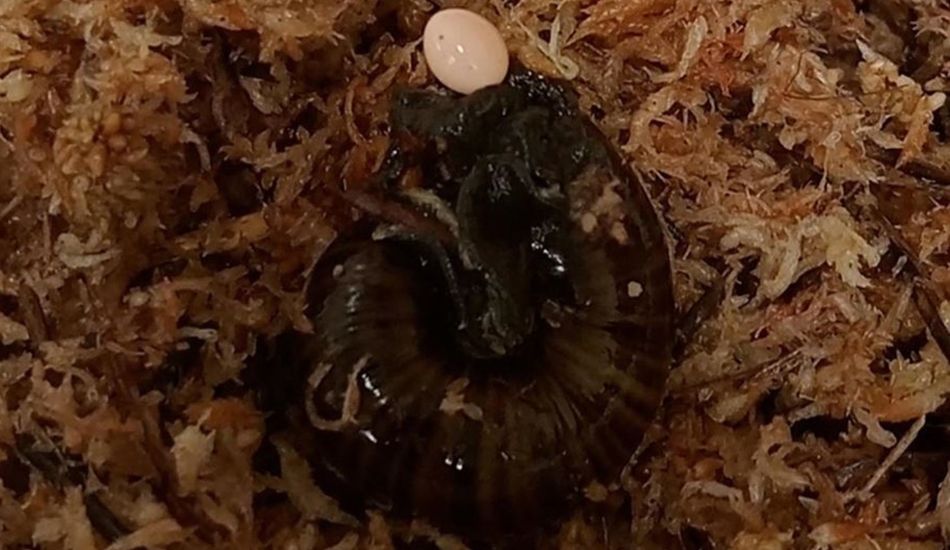
Rare Snail's Egg-Laying Observed
The Powelliphanta augusta, or Mount Augustus snail, a carnivorous land snail endemic to New Zealand’s South Island, has captivated scientists with its unique reproductive habits. This species, once threatened by coal mining, has been the subject of a dedicated conservation program involving captive breeding. Recently, a remarkable event was documented: the first-ever recorded observation of a P. augusta laying eggs.
A Milestone in Conservation
The Department of Conservation (DOC) in New Zealand has successfully bred this snail species in captivity since 2006, making significant strides in its conservation. The recent observation of egg-laying is a crucial step, providing valuable insights into their reproductive biology and bolstering conservation efforts.
These snails are hermaphrodites, possessing both male and female reproductive organs. Mating involves a unique process using a genital pore located near the neck. This same opening is used for egg laying. The snails exchange sperm during mating, storing it until egg fertilization.
The slow maturation and low egg production of P. augusta (approximately five eggs per year, with a year-long incubation period) have presented significant challenges for conservation. However, captive breeding programs are gradually increasing the wild population.
The ongoing monitoring of these snails offers a unique opportunity to learn more about their life cycle and refine conservation strategies. The DOC’s commitment highlights the importance of protecting unique and vulnerable species.
Source: Gizmodo